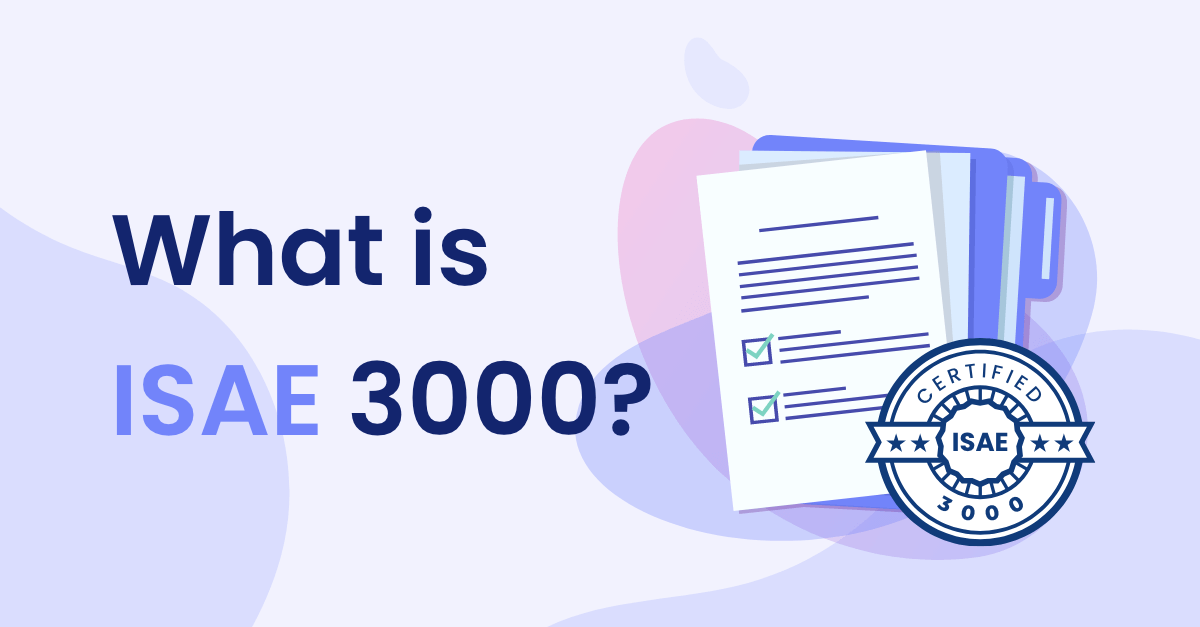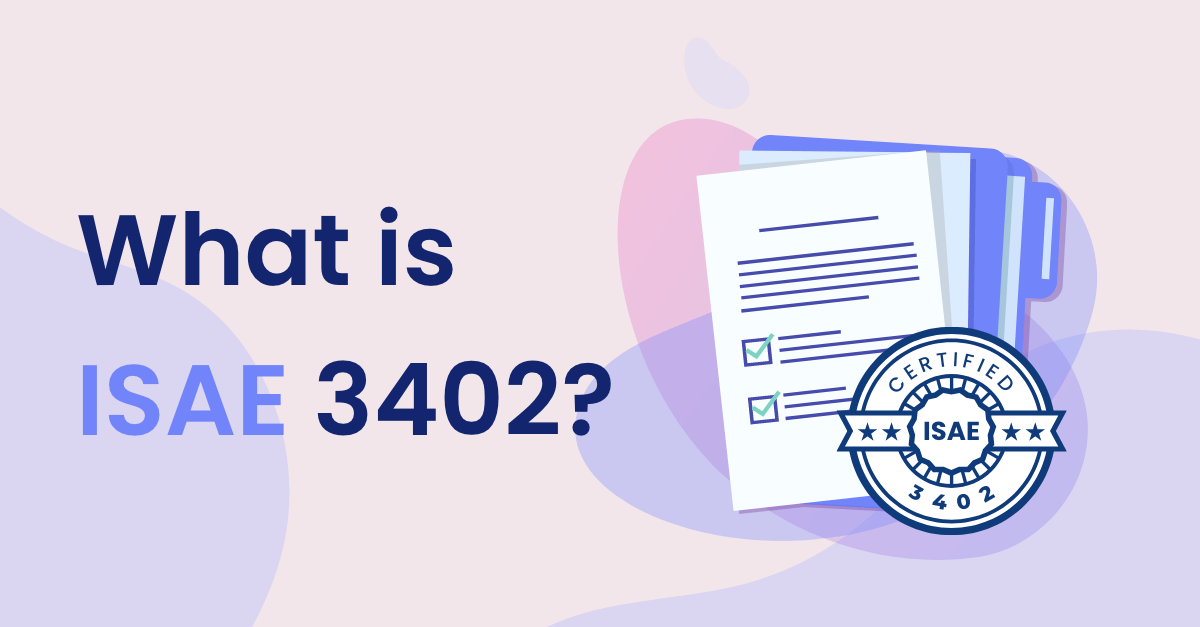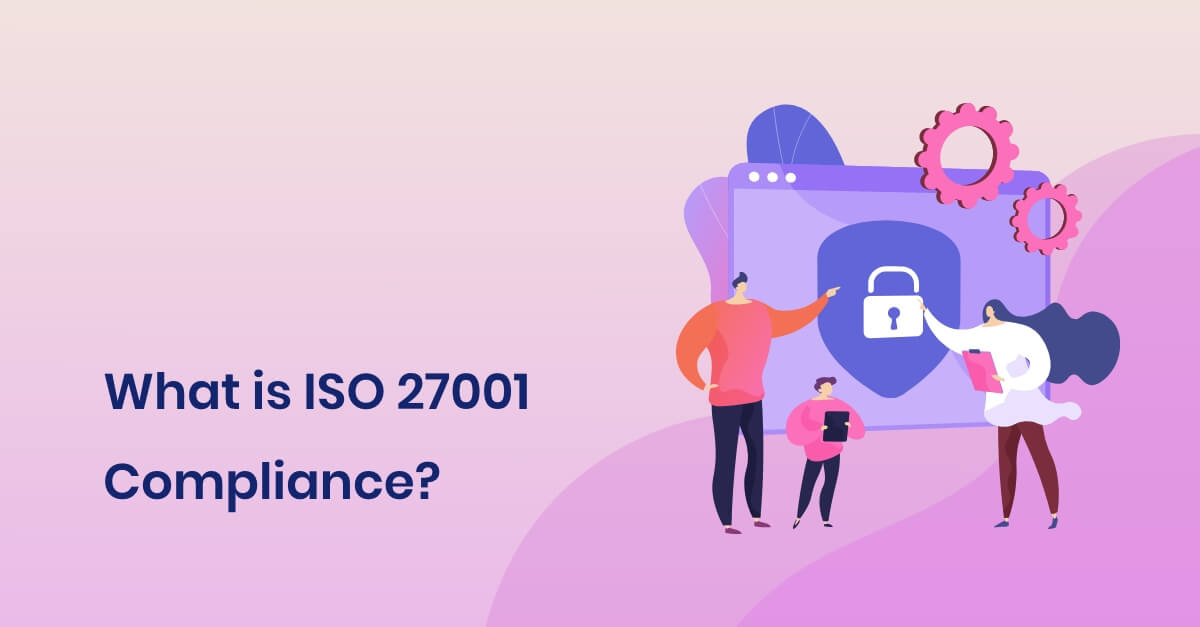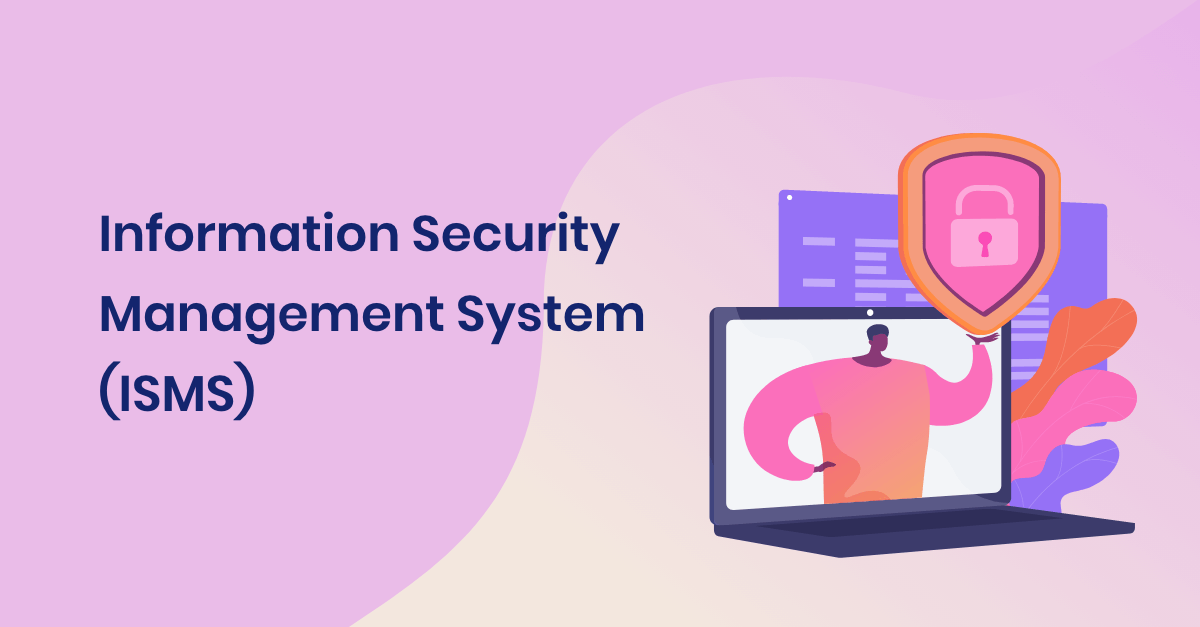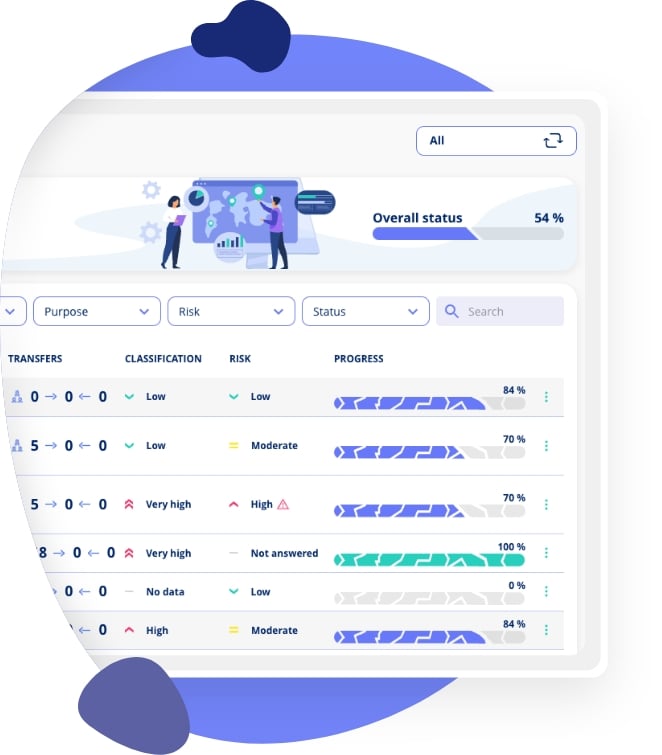ISO27001 Compliance Checklist: 10 Steps
Learn the basics of how to implement ISO27001, and how to achieve ISO27001 certification.
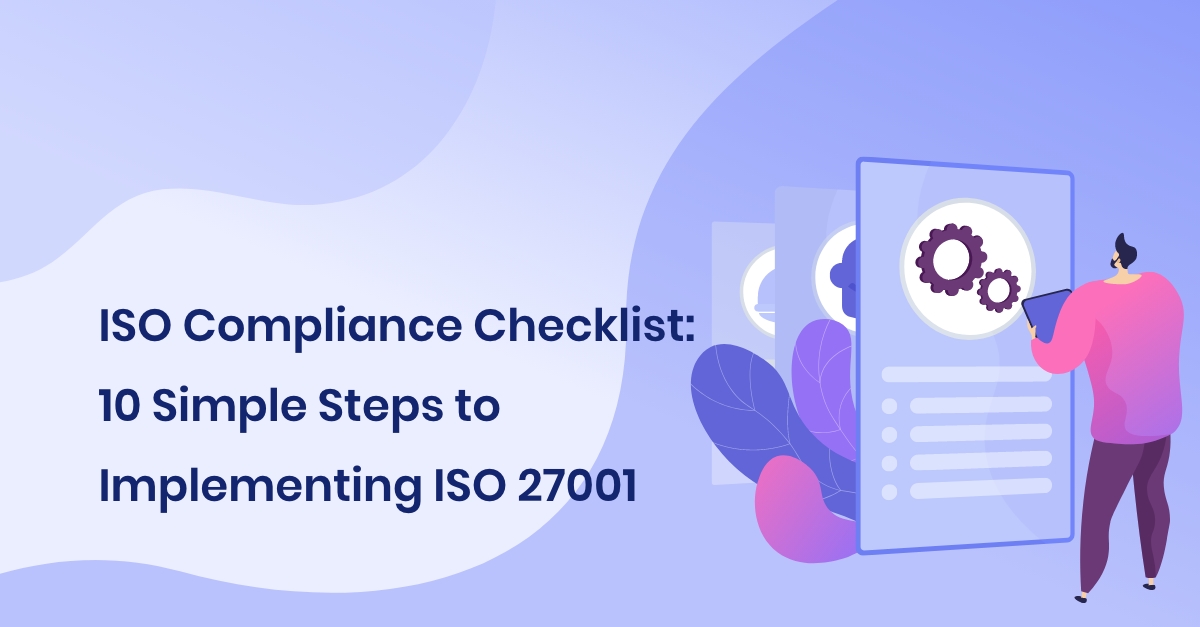
- Articles
- Information Security Management
- ISO Compliance Checklist
Introduction
Information security is more important today than ever before. Handling data in a secure, proportional, and transparent manner has become a crucial part of modern business operations, and for some companies, obtaining ISO 27001 certification is the natural choice.
ISO 27001 sets requirements for establishing, implementing, maintaining, and continuously improving an information security management system (ISMS). By meeting the requirements of ISO 27001 and getting certified, a company shows its high level of dedication to safeguarding personal data. This involves establishing a reliable and efficient ISMS that prioritises information security, handles risks effectively, and enhances the information security performance continually.
This not only ensures data processing security for data subjects and other stakeholders but also fosters a work culture that values security and resistance to threats.
Simplify your journey towards ISO - try .legal's ISMS today!
What is ISO 27001?
ISO 27001 is an internationally recognised management standard for information security. Among other things, this standard establishes the criteria for risk management, process documentation (RoPA), and the assignment of roles and responsibilities concerning information security. Therefore, the standard serves as a management tool that helps companies protect data, including personal information, in a secure and trustworthy manner.
The goal of the ISO standard is to enable efficient information security management that suits your company's particular requirements and needs. Additionally, it maintains the consistency of effectiveness in every stage, which is why the ISO standard also ensures ongoing enhancement.
What is an Information Security Management System (ISMS)?
Getting an ISO 27001 certification is a way of showing that your company follows the standard's requirements and cares about information security – both before, during, and after certification. Ultimately, this strengthens customer trust and ensures compliance with legal requirements for data and privacy protection.
ISO 27001 Checklist: 10 Simple Steps to Implementing ISO 27001
Now - what are the steps to begin the ISO 27001 certification process? The ISO 27001 standard contains different requirements and guidelines, and these can for instance be accessed through .legal’s ISMS product or bought from Dansk Standard (more on that subject later).
However, there are some key topics that need to be addressed in order to obtain certification. The following is a list of basic steps to set up an ISMS with a focus on the ISO 27001 requirements:
- Establish the scope: Define the scope and limits of your ISMS, including finding relevant systems, processes, and assets.
- Define roles and responsibilities: Make sure that the ISMS development and maintenance tasks are clearly assigned to the appropriate employees and their roles.
- Inventory assets: Make a complete list of where data is stored to see where different information is located. This can include hardware, software, and other data facilities.
- Evaluate risks: Identify potential information security risks and consider the threats, vulnerabilities, and potential consequences involved. Document this in a risk management system within your ISMS, focusing on severity and likelihood to manage the identified risks effectively.
- Implement policies: Develop and follow policies that pertain to ISMS. It's important to continuously monitor and assess these policies to ensure compliance and alignment with the current situation and risks of the company.
- Involve employees: Encourage employees to be part of the process and offer continuous training on security policies and procedures as well as their role in maintaining security.
- Organise documents: Gather necessary documents, records, and evidence related to information security and ISO 27001 in the ISMS.
- Do internal audits: Check how well you follow ISO 27001 standards. If you find problems or gaps during the audit, fix them. You may also need to change some of your company's policies or procedures to meet the standards.
- Get an external auditor: After performing an internal assessment of the ISMS against ISO 27001 standards, contact an approved ISO certification body to carry out an official ISO 27001 audit and issue the certification.
- Consider automation: Explore ways to optimise ISMS processes using efficiency tools that streamline the process and ensure ISO certification.
If you are considering automation, see: Do You Really Need GDPR Compliance Software? Here’s How to Know
... and if you do, see our overview of GDPR, Information and Cyber Compliance Software Tools
How to become ISO 27001 certified?
Becoming ISO-certified is a process that involves more than just obtaining the certification. It includes a comprehensive approach to information security and the standards set for risk management, resilience against threats, and the general maintenance of high functionality. This must also be documented and proven to show that they have become an integrated part of the company's daily operations.
Once the company has followed and applied the previous steps, an audit is carried out by a certification body. This audit must verify that the company has met the standards of ISO 27001. If this is proven, the company will obtain an ISO certification.
Thus, it is not enough to rely on an external company for auditing; it is crucial to secure high commitment from both management and employees, as well as a systematic method with the required resources at hand.
By following the ISO requirements and getting certified, the company shows that it has a high level of information security, which also means better protection of data and systems. This benefits the company's employees, customers, and other stakeholders.
7 helpful implementation tips
Hence, it takes more than just casual involvement to fulfill the ISO standards — both from leaders and staff. We have gathered some helpful tips for a smooth implementation based on best practices, so your company can reach ISO 27001 compliance:
- Gain management support: Make sure that the management supports the importance of implementing ISO and provides the necessary resources for it.
- Adjust the ISMS to your company: Companies have different needs, so your ISMS should reflect the activities and specific requirements of your particular business.
- Educate your staff: Make sure your company's employees are informed and trained on ISO requirements and related procedures by organising awareness courses and sessions to achieve understanding and compliance from everyone.
- Cultivate a culture: Foster a culture that motivates employees to be active in security matters—this could be done through campaigns, frequent small tests, or the previously mentioned awareness courses.
- Review and update: Periodically check the company's ISMS, policies, and procedures to see if they are working well. If new initiatives, regulations, threats, or other factors require changes, the ISMS and related procedures should also be revised and possibly changed accordingly.
- Keep records of everything: Document all policies, procedures, and compliance actions thoroughly to make both internal and external audits easier.
- Apply technology: Use software solutions and automation tools to make compliance processes better, faster, and more effective.
How .legal’s ISMS solution can help you become ISO 27001 certified
ISO certification can help your company in many ways, especially with data and information security. To ease the process of implementing and maintaining ISO in your company, .legal has developed a secure and easy-to-use ISMS in order to meet ISO requirements.
.legal's ISMS for IT-security & NIS2 compliance
This ISMS includes a CIA-friendly framework for risk assessments, control implementation, ongoing auditing, and improvement. The framework can also be adjusted to fit your company's specific needs and rules. This makes data protection and risk reduction easy and convenient without compromising the level of security.
FAQ
What policies are required for ISO 27001?
The specific policies a company needs can vary, depending on the nature and requirements of the business. Therefore, ISO 27001 does not mandate many specific policies; however, it is fundamentally required to have an information security policy.
There should also be appropriate policies related to specific topics. For instance, topic-specific policies can include an access control policy or a password policy.
Are Annex A controls mandatory?
Annex A provides a list of potential information security controls. This list is meant to help users of the ISO standard remember important steps, hence it is merely referenced. Companies can choose from the provided controls based on their situation; not every control may be relevant to them.
As a result, the measures in Annex A are not obligatory by themselves. However, it is still recommended to review and adopt them if they are seen as essential for the security needs of the organisation.
What are the mandatory documents for ISO 27001?
Some documents that ISO 27001 requires are risk assessment reports and documented processes for managing risks. There may be other documents that are needed as well — this varies depending on the company in question.
Do I need to be ISO 27001 certified?
Most companies do not need to have ISO 27001 certification, but it can offer some benefits, such as:
(1) providing a guide for implementing relevant information security measures,
(2) demonstrating a general compliance with international standards,
(3) enhancing the company's reputation, and
(4) strengthening the overall security posture.
Stay on top of your IT security compliance – use .legal’s Privacy ISMS Solution
Therefore, it is relevant for a wide range of companies, especially those handling sensitive data or aiming to demonstrate a strong commitment to information security. This could include IT companies, financial institutions, or healthcare sectors.
Also, certification won't hurt a company—if it can deliver on its claims. And even without certification, applying parts of ISO 27001 can help a company improve data security and resistance to threats.
Thus, there are many reasons to embark on the journey towards certification – even if it's not required.


.jpg)


.jpeg)

.jpg)
.jpg)



.jpg)

-1.png)



.jpeg)








.jpg)

Info
.legal A/S
hello@dotlegal.com
+45 7027 0127
VAT-no: DK40888888
Support
support@dotlegal.com
+45 7027 0127
Need help?
Let me help you get started

+45 7027 0127 and I'll get you started
.legal is not a law firm and is therefore not under the supervision of the Bar Council.






